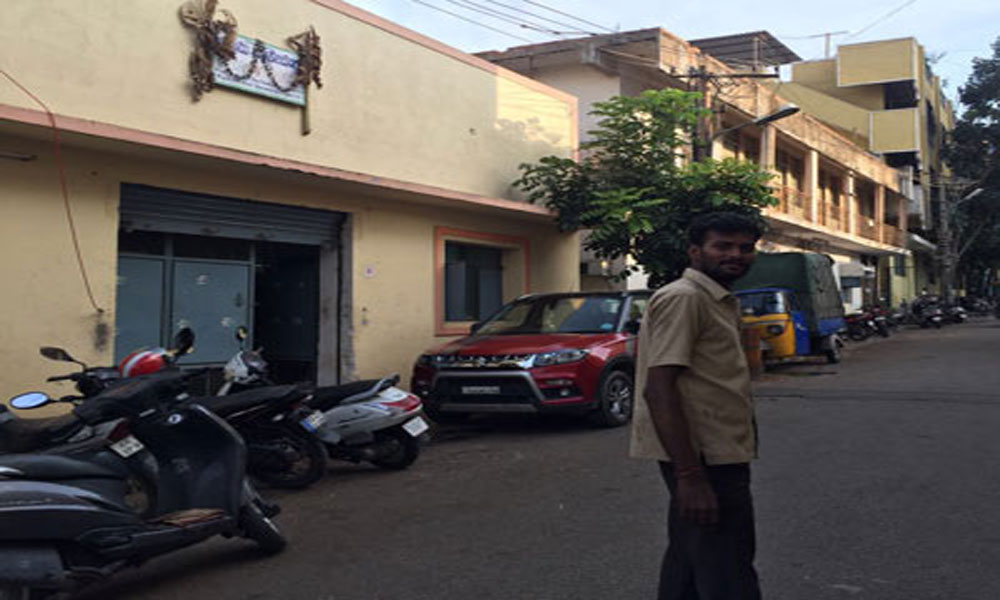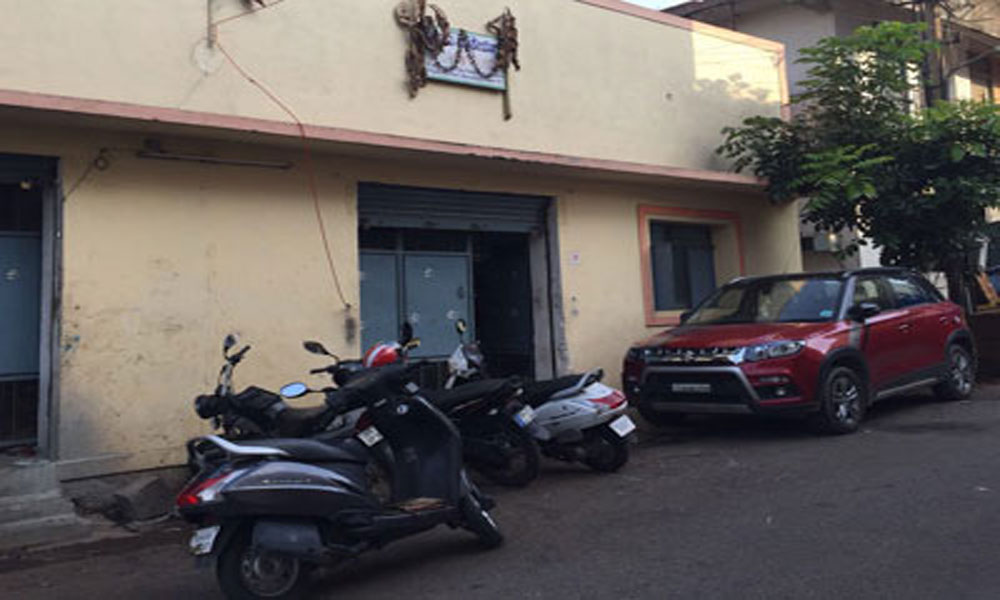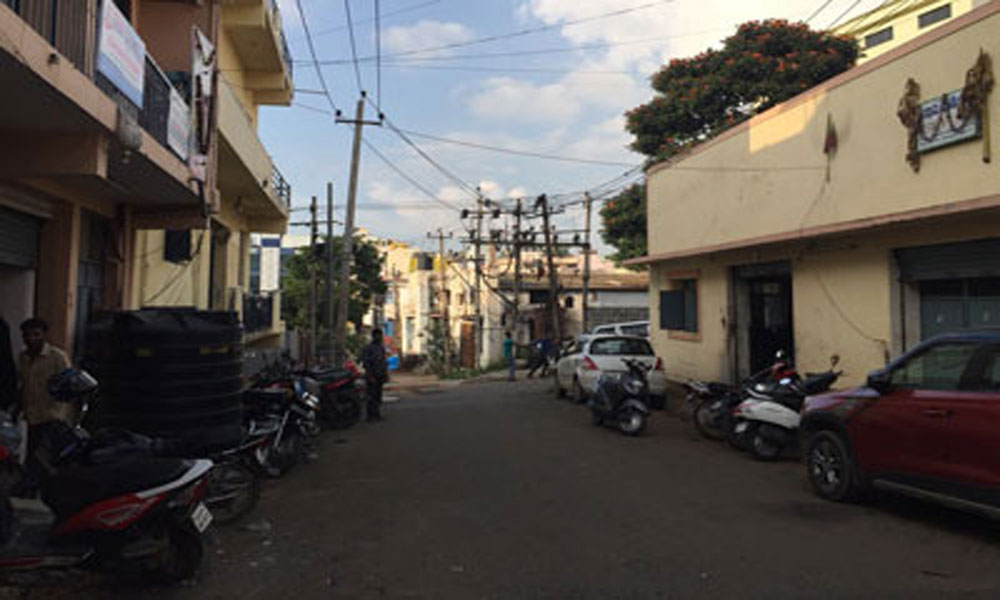The recent tightening of the Green Zone Regulation is adding to the worries of the industrialists in the region.
Prasad M.R an industrialist expressed his despair at his inability to get a loan sanctioned by the bank. He said, “The bank told me that they cannot sanction the loan as I was borrowing it for setting up an industry on a green zone area, which is against the law.”
The Comprehensive Development Plan (C.D.P) of the Bangalore Development Authority (BDA) stipulates that the green belt area can be used only for agricultural and horticulture purposes. It also includes dairy and poultry farming, milk chilling centers, farmhouses. No large-scale construction activity or industry can be set up in these areas.
Kamakshipalya, Machohalli, Byappanali, Dasarhalli, Yelachaguppe, Ramohalli, Kanakpura, Bannerghatta, Lingaraj Pura and other industrial areas are located in the green belt zone.
Anand Natekar an industrialist, whose industry is situated in Kamakshipalya expressed his unhappiness about the zone regulations. He said, “Kamakshipalya, Pettechennapa are industries that have been running for more than 30 years, but the sudden zoning regulations and marking of green zone are worrying.”
Section 95 (3B) of the Karnataka Land Revenue Act specifically prohibits the Deputy Commissioner from granting permission for conversion of land in the green belt for any other purpose.
The industries that are located on the Green Belt Zone are mostly small-scale industries where 70 percent of the industries are engineering and allied industries. The rest are textile, packaging, dying industries, according to Shreedhar, secretary of Karnataka Small Scale Industries Association (KASSIA).
The city has seven percent industries that are approved under the Karnataka Industrial Development Board (KIADB), while the rest 93 percent are private industries or residential area converted into industries.
Sugnana Murthy, Chief Operating Officer (COO) of KASSIA stated that according to Amendment 74, there are no proper townships in the city except for the electronic city township which a recognized industrial area. “The government should start recognizing industrial areas,” said Murthy.
Dr. Lakshmi Narayan, a senior officer of Karnataka State Pollution Control Board and Environmentalist mentioned that there are four zones with respect to pollution control board; zone 3 and zone 4 prohibits the creation of industrial areas.
He also spoke about Tippagondanalhalli and Dabbaspet which have industries situated in zone 3 and zone 4. “According to 2003, Tippagondanagalli Reservoir Catchment Notifical, the industries located in this zone were asked to close down. While only three industries shut down, the other two industries engaged in plastic compressing and glasscutting are still running because they have permission from the court.“ He also added that the court allowed these industries to run because the fault was of the KIADB and not the industries.
The government of Karnataka has sanctioned a budget of Rs.20 crore for the development of industries in the 2017 year budget.
According to the KIADB, there are 17 industrial areas that are approved by the government. These industries follow proper zoning regulations. A senior officer in KIADB said, “Although KIADB is dealing with industries, it doesn’t take up responsibilities for industries located on Green Zone and Bangalore Development Authority (BDA) should be questioned.”
The BDA has identified five belts which cover the land use pattern of Urban Bangalore. First, second and third belt, cover the industrial and residential areas while the 4th and 5th belts cover the agricultural land usage.
Rakesh Singh, the commissioner, BDA said, “We have identified the green zone areas, but many of the green zone areas are already sold to private owners, hence now we don’t hold responsibility for it.”





